I’ve written a lot about Japanese rail passes, but never about one in the Kansai region, which includes Osaka, Kyoto, Kobe, and Nara. A short visit last month helped change that– let’s take a look at the JR West Kansai Area Rail Pass.
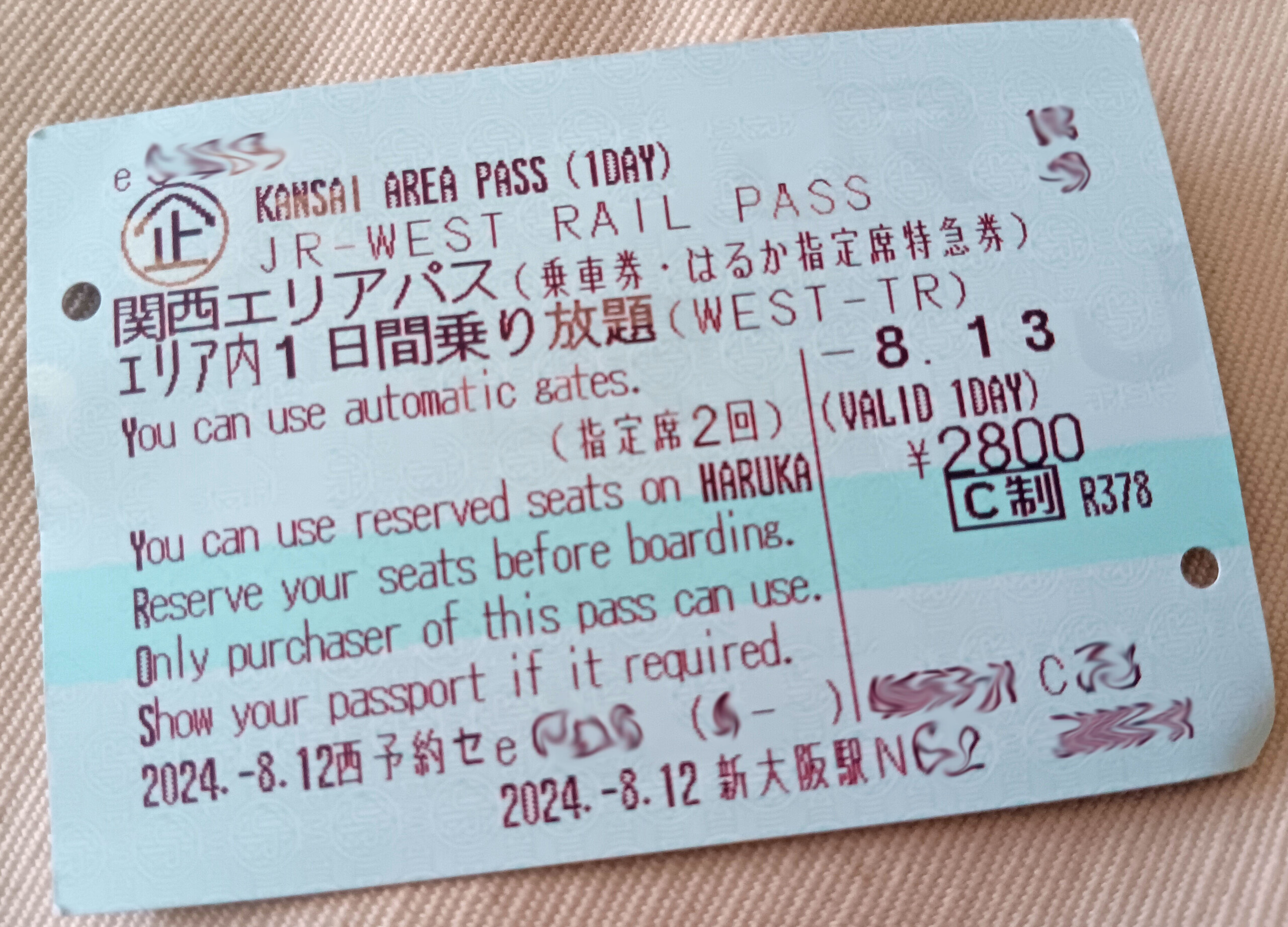
I want to skip the JR backgrounder, and go right to the review.
For those readers who aren’t so familiar with Japan, I will first explain why I italicized JR West, wherein JR stands for Japan Railways {Group}. There are six JR passenger regions in the country:
- JR Hokkaido
- JR East (includes Tokyo, Sendai, and Aomori)
- JR Central (includes Nagoya and Shizuoka)
- JR West (includes Kanazawa, Osaka, Wakayama, Okayama, Hiroshima, and Shimonoseki)
- JR Shikoku
- JR Kyushu
Sometimes, you’ll get schizophrenic train station that straddles two JR regions; Odawara is one example. Odawara straddles both JR East and JR Central, has private lines and JR lines, and is a gateway to Mt. Fuji. But it’s because JR East and JR Central hobnob in the same place, best laid plans can rapidly go pear-shaped.
Who cares, right? It’s all JR, isn’t it? Nein.
On with the Kansai Area Rail Pass review.
Since I was based near JR Shin Osaka station, I went there to snatch the rail pass. Unfortunately, the crossing of the JR streams (as reference above) proved to be an obstacle.
You see, Shin Osaka station is both the western terminus of JR Central‘s Tokaido bullet train, and a major stop for JR West. Both of those companies have ticket offices in Shin Osaka.
The Kansai Area Rail Pass falls under JR West’s remit. Thus, I have a smattering of advice for you: make sure you check which ticket office you’re going into before wasting your time on the queue.
Once I realized the folly of my ways, I tried buying it at the JR West office. Another punch in the gut. This pass could only be bought online.
However.
However.
To physically obtain the pass, you have to queue up anyway!
Worse yet, the customer service person on duty had no idea about how to issue the ticket, so we first went to one of the machines outside of the ticket office, wherein he may have realized that Japanese train station ticket machines are terrible… if the user is a mere tourist.
Paragon of efficiency, JR.
Anyway, there are 1-, 2-, 3-, and 4-day options; I opted for the 1-day. The pass covers hotspots such as Osaka, Kyoto, Kobe, Nara, and Himeji, but you could also go as far as Tsuruga in Fukui prefecture, Wakayama city, and/or Kamigori in Hyogo prefecture.
Upon reflection, the pass isn’t good value for those who are coming to the Kansai region for the first time. Most likely, you will want to base yourself in one of the main cities, then tour around it. Plus, tickets between Osaka/Kobe/Kyoto/Nara are reasonable enough to further make this pass redundant.
If you’re a seasoned traveler to the area, or have in mind points of interest that only require quick visits, it might be a decent buy.
Falling into categories of the second paragraph, I will chronologically outline where I went:
- Nada, known for its nihonshu (commonly called sake) breweries
- Noda, close to the Osaka sewage museum (I have no good or bad excuse for this one)
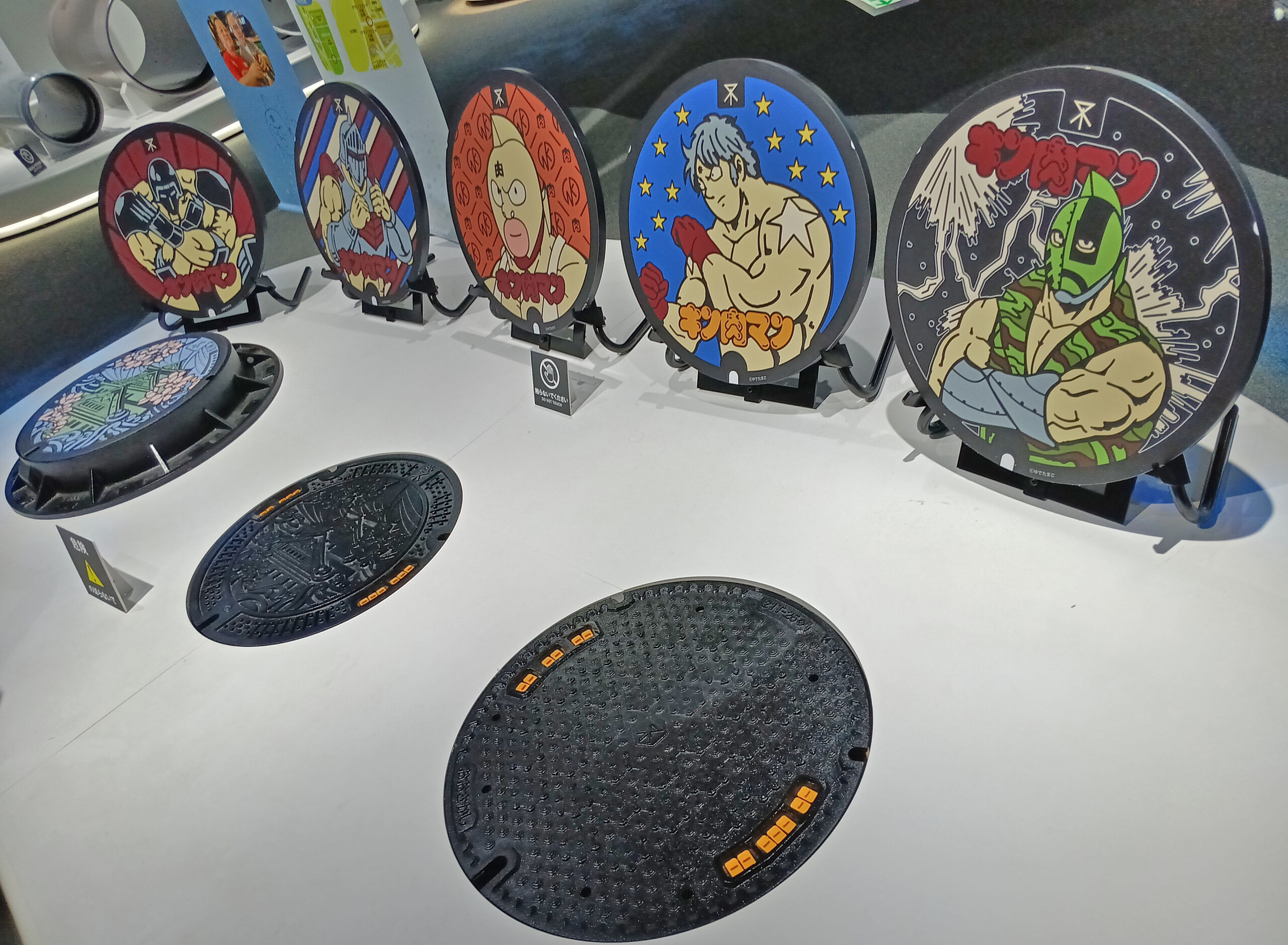
- Mozu and Sakai, an historical playground just south of Osaka’s central business districts. With imperial burial mounds dating from the 3rd to 6th centuries, this part of Kansai is way too overlooked. But there’s a goodish reason for that — visitations of the mounds (古墳/こふん/kofun) is prohibited. There used to be helicopter tours, but for now, all that one can do is approach the shrines in front of some of the larger mounds.

Nintoku Tennouryo Kofun Information 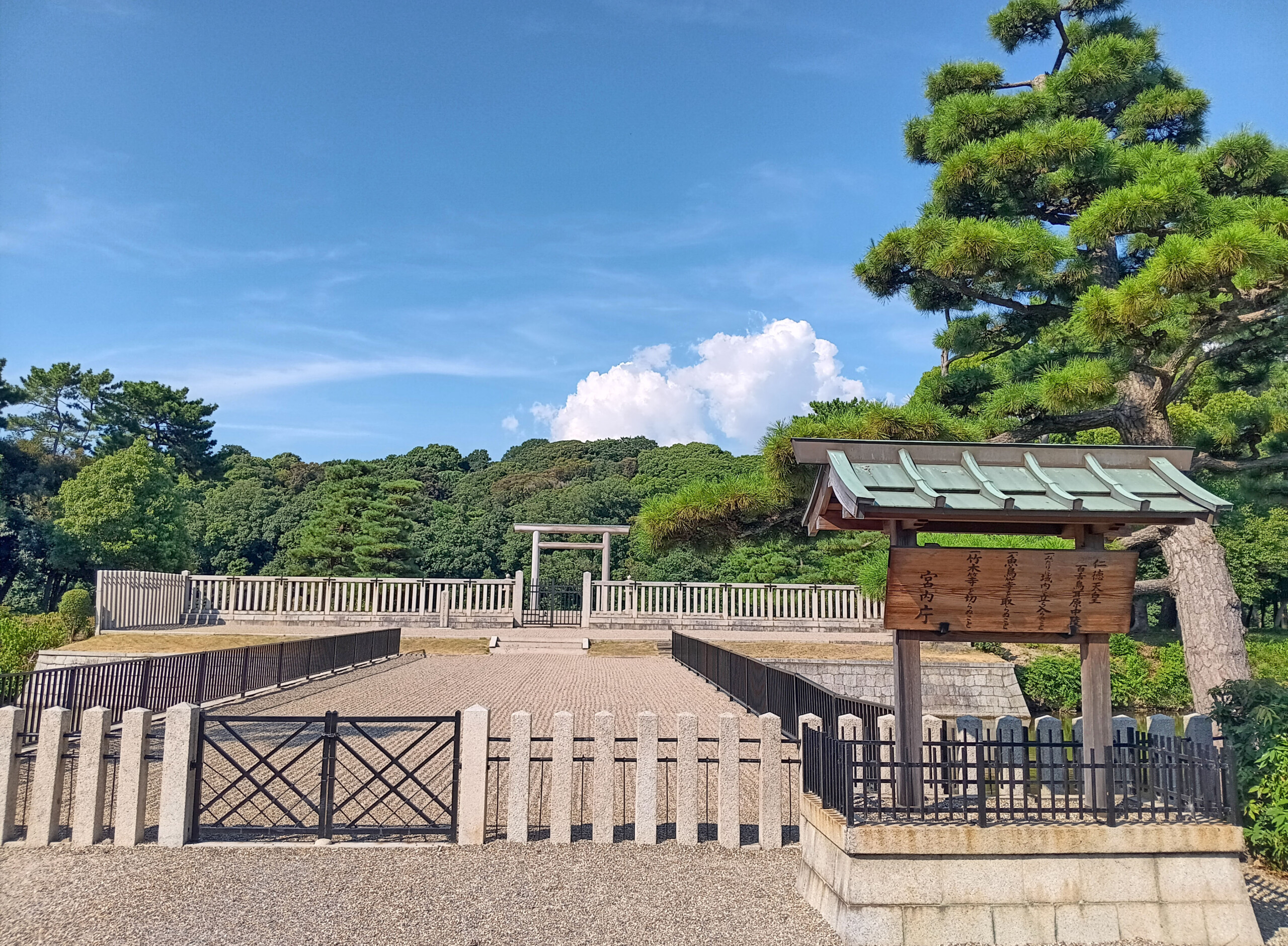
Shrine at Nintoku Tennouryo Kofun To view the largest mound, Nintoku Tennoryo Kofun, I went to the free observation deck atop Sakai’s city hall. Subsequently I realized that it would be better in the winter, where the foliage doesn’t obstruct the views.
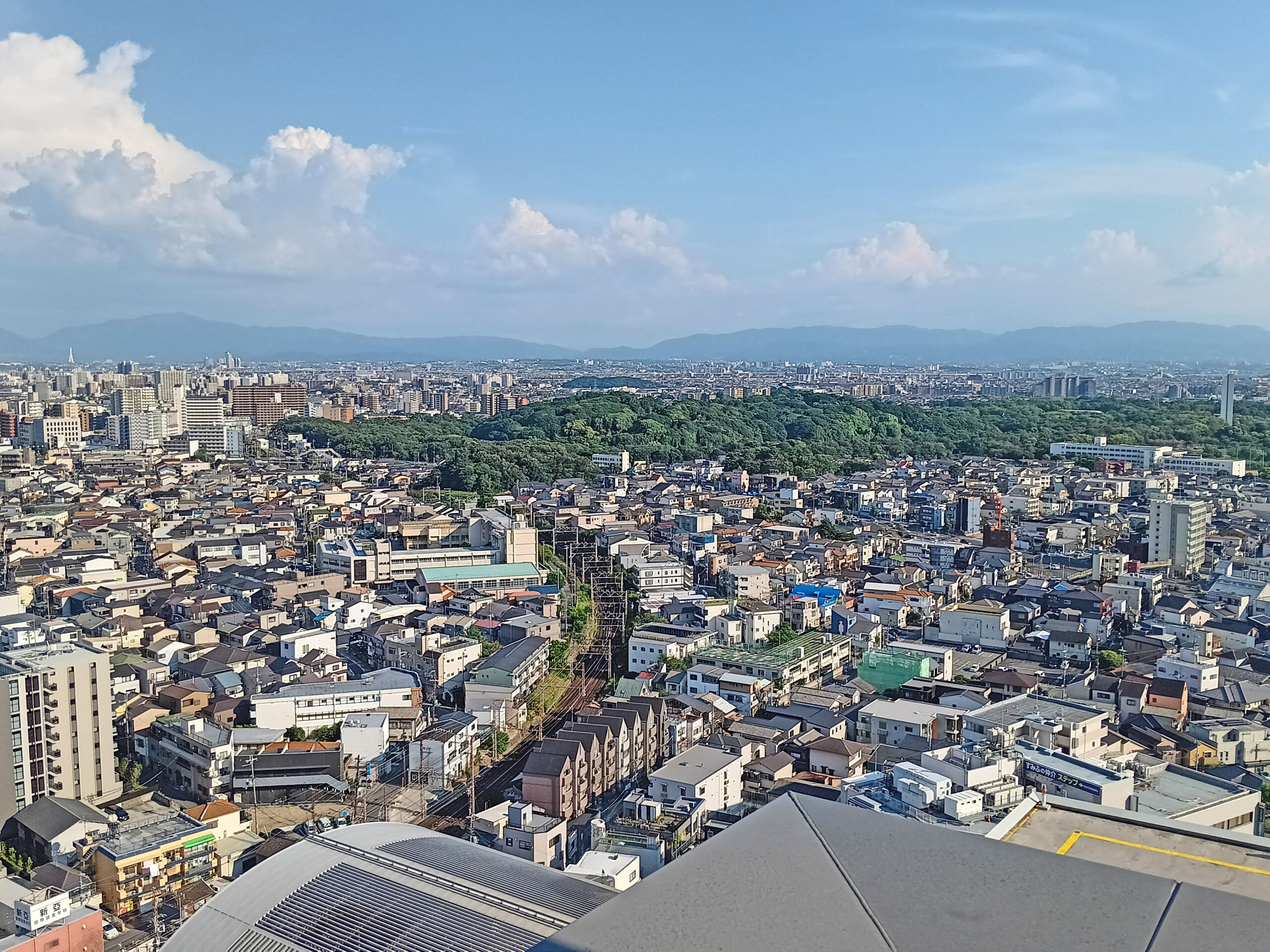
- Sakuranomiya, for an umeshu (plum wine) specialty store. Forgot to take a photo here.
- Finally, Yamashina, just east of Kyoto station. Made it here a tad too late, so I relaxed at dusk at the closed gates of Bishamon temple, originally founded in 703 CE.

As a bonus to you train fans, for years, every time I use a Japanese train station for the first time, I take a photo of the name.
Here are my eight new additions from the JR West Kansai Area Rail Pass:
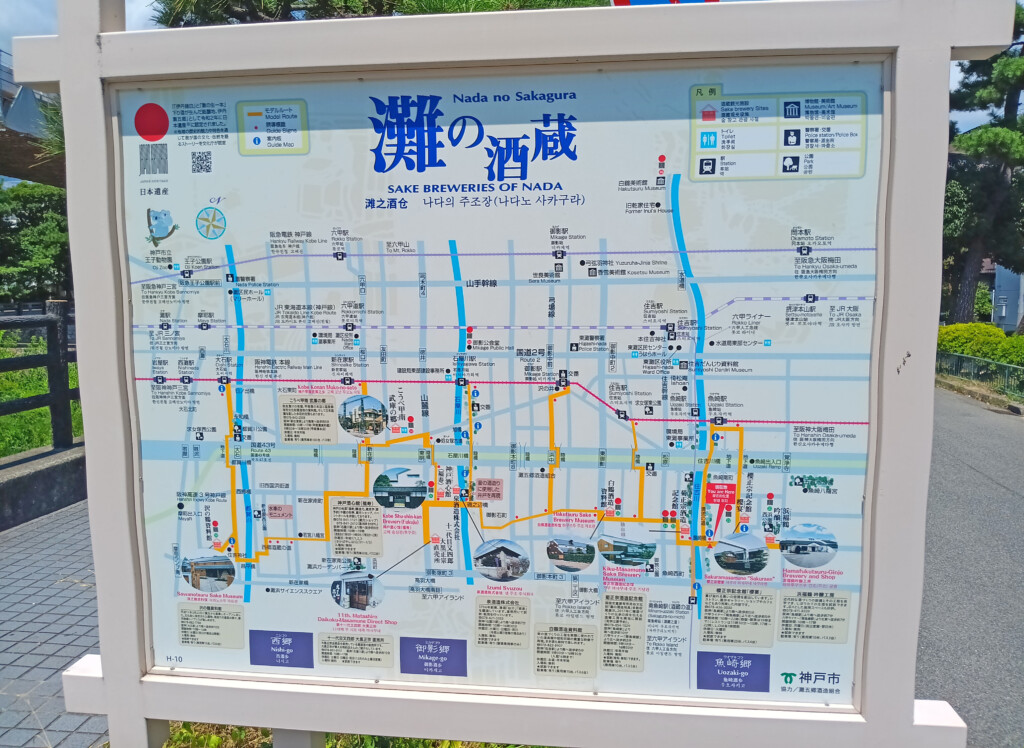
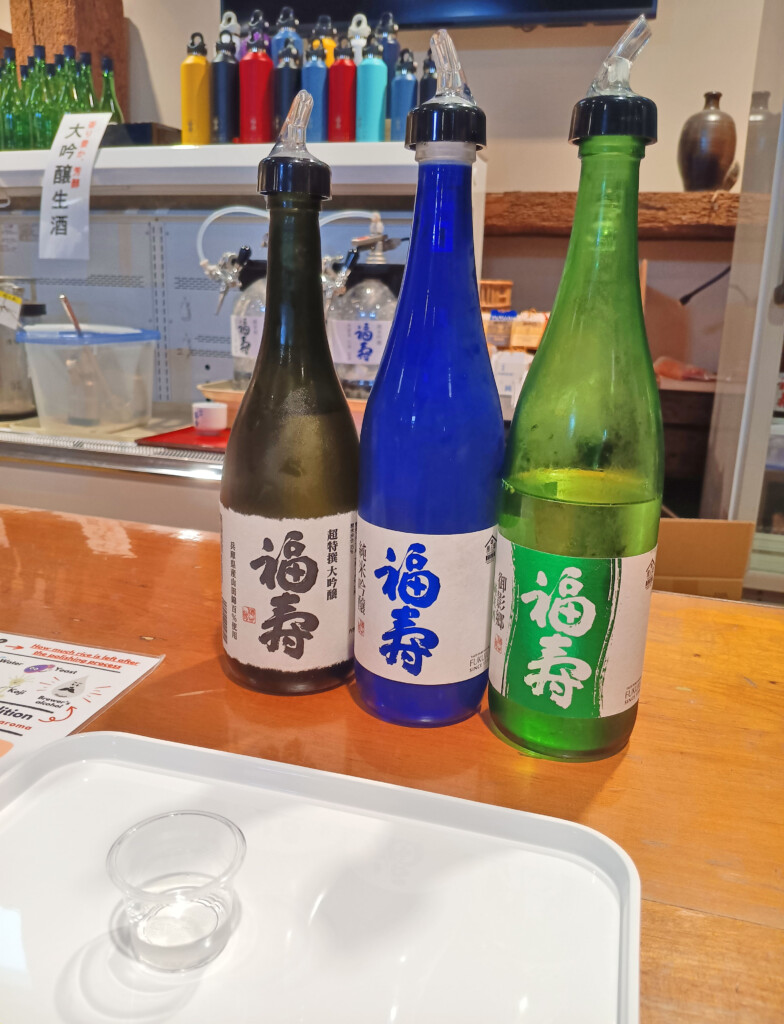
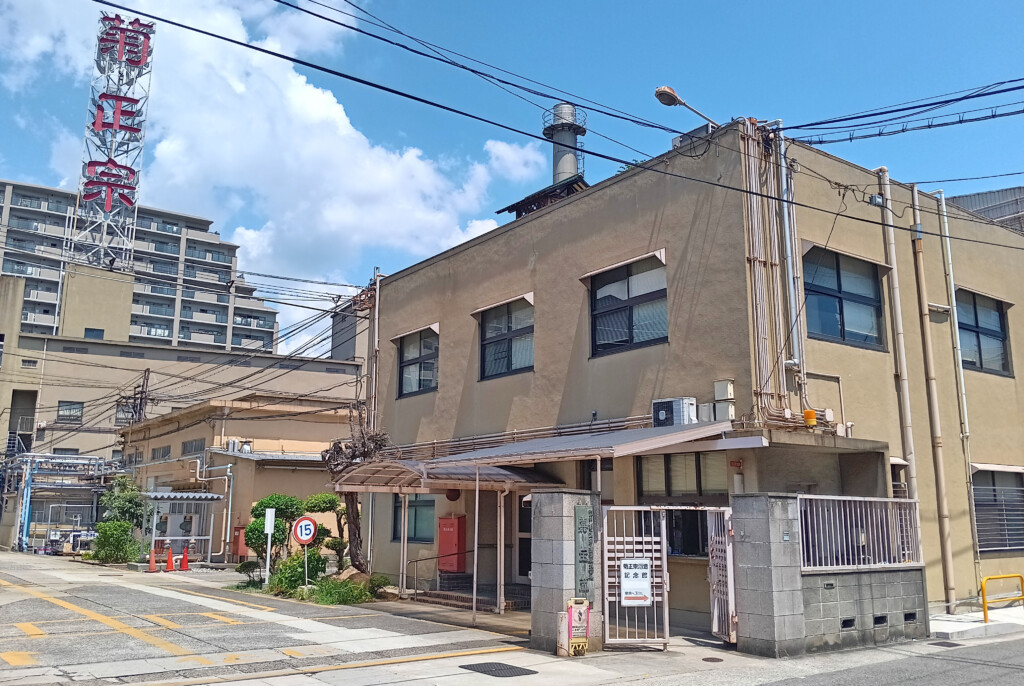
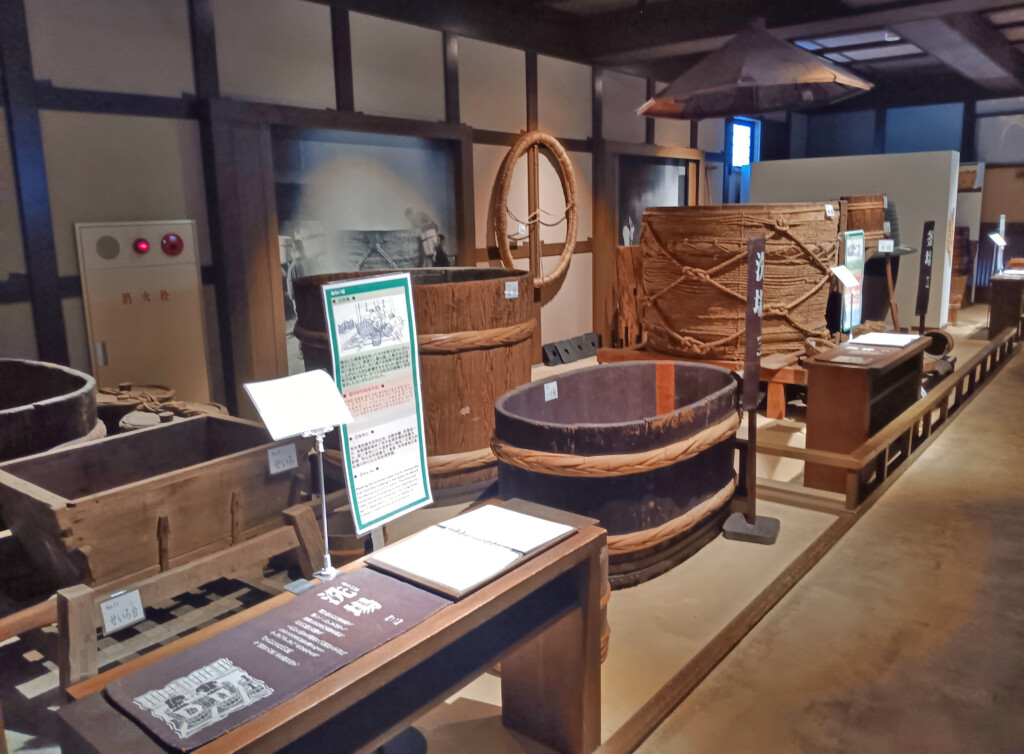
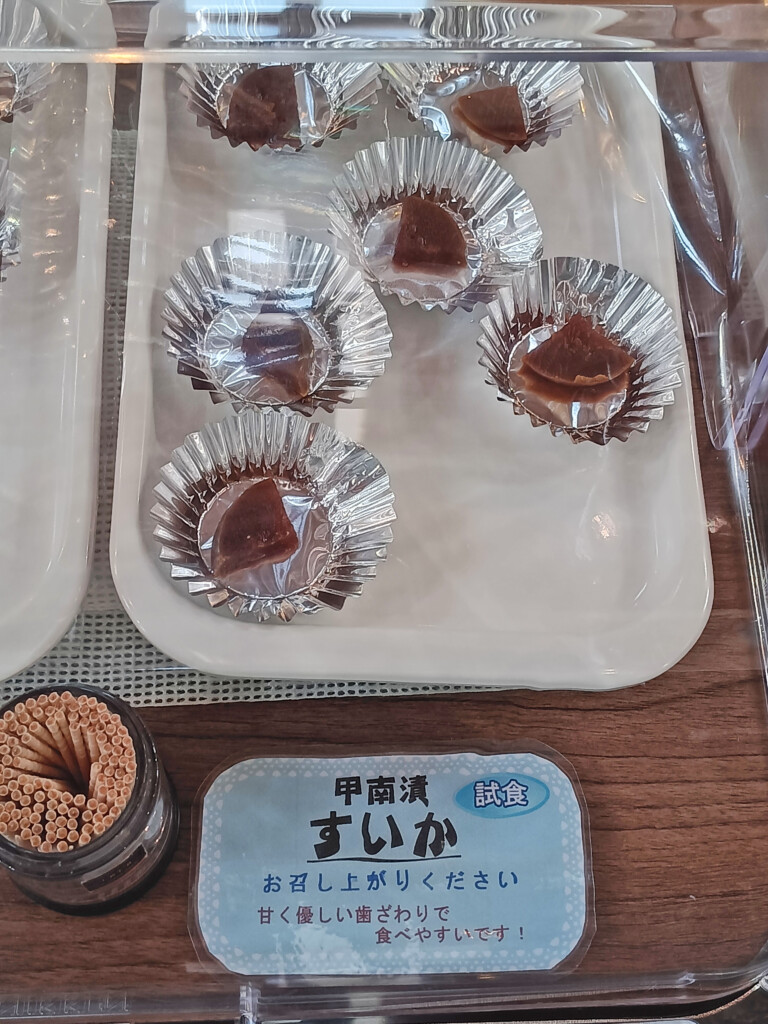
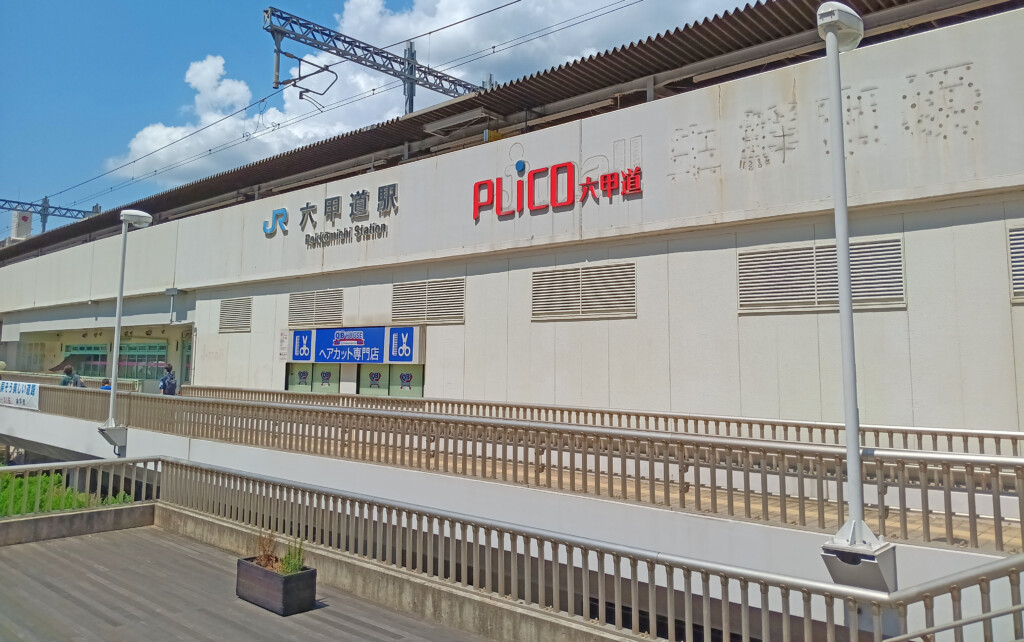
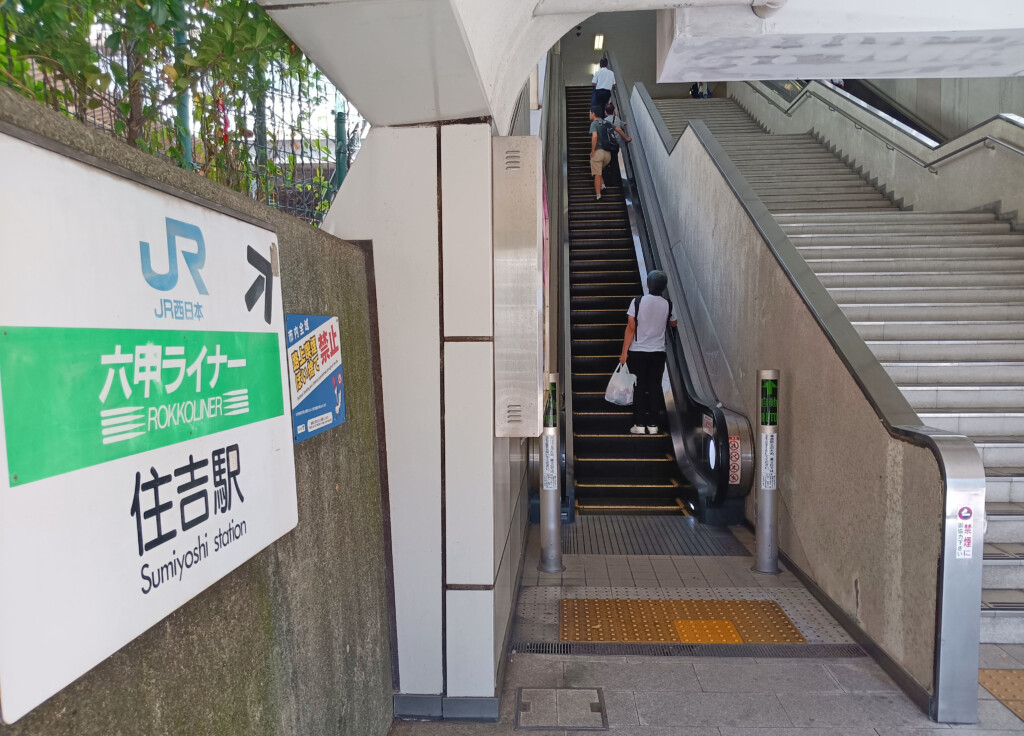
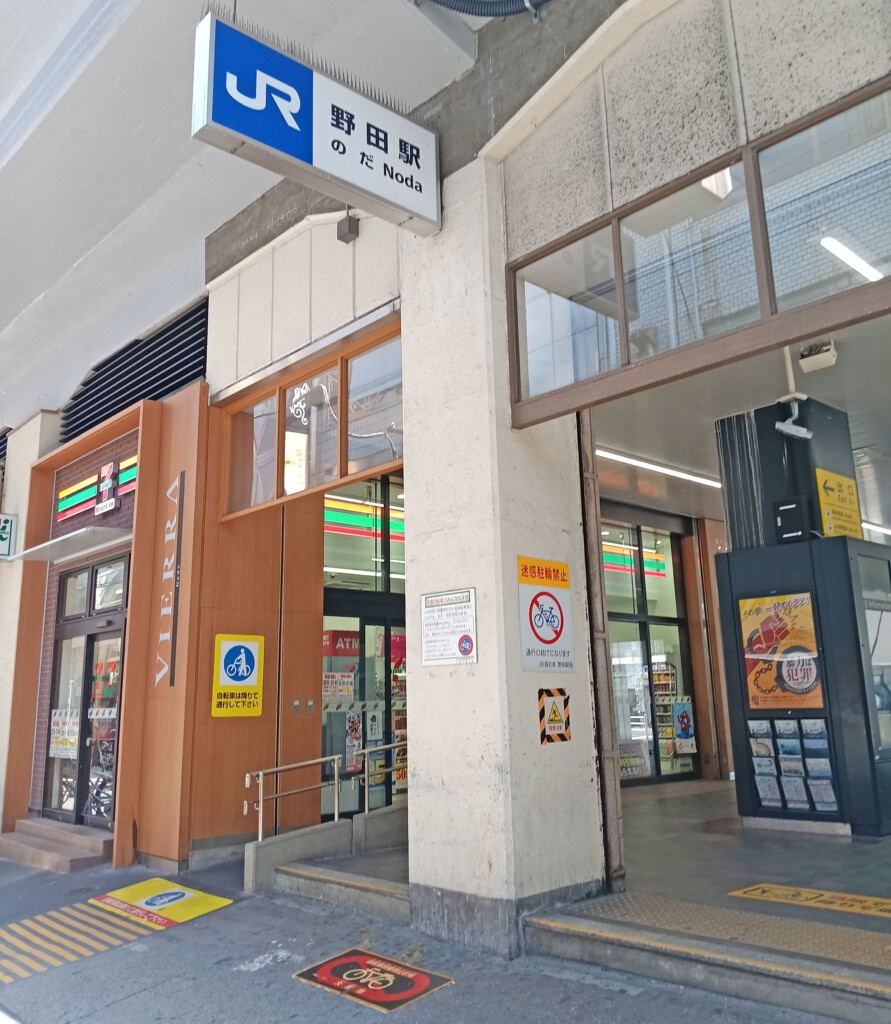
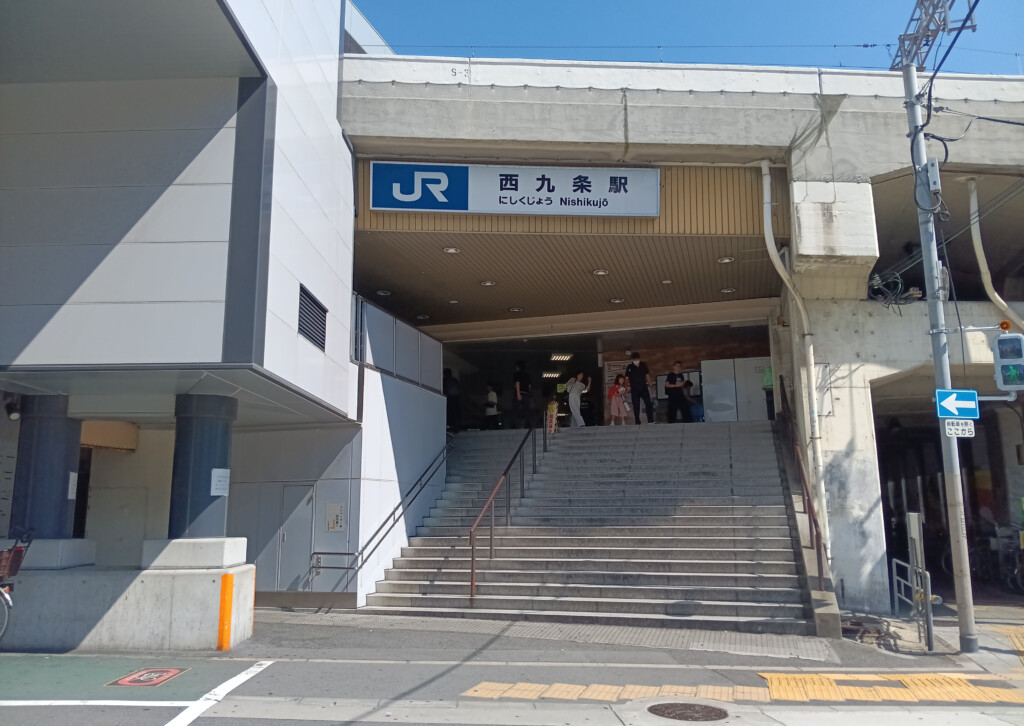
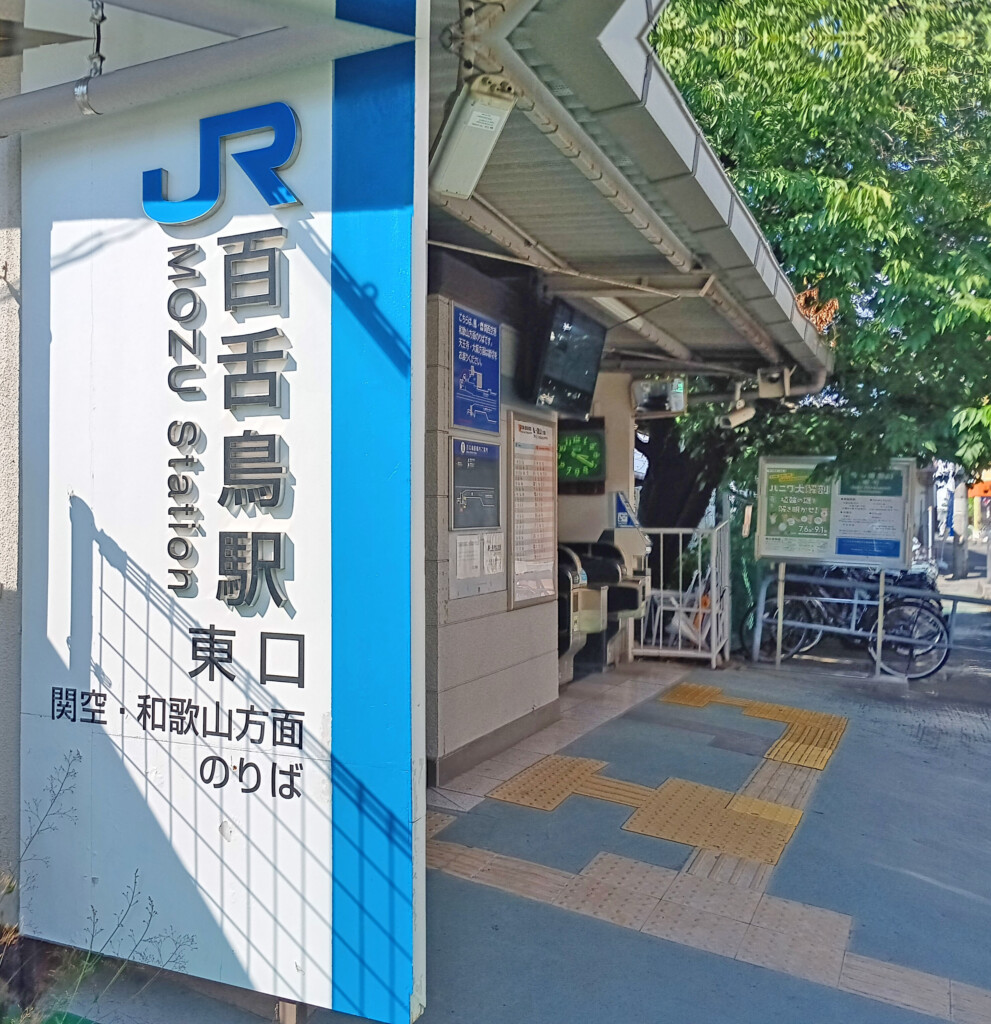

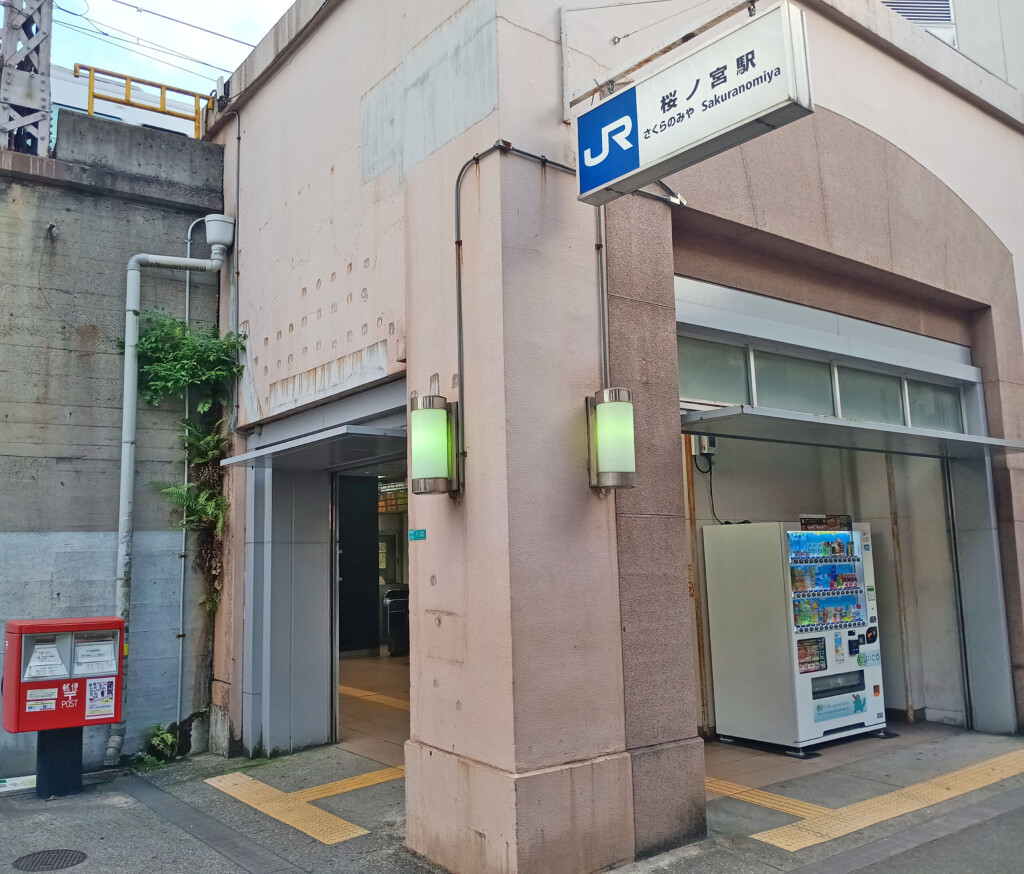
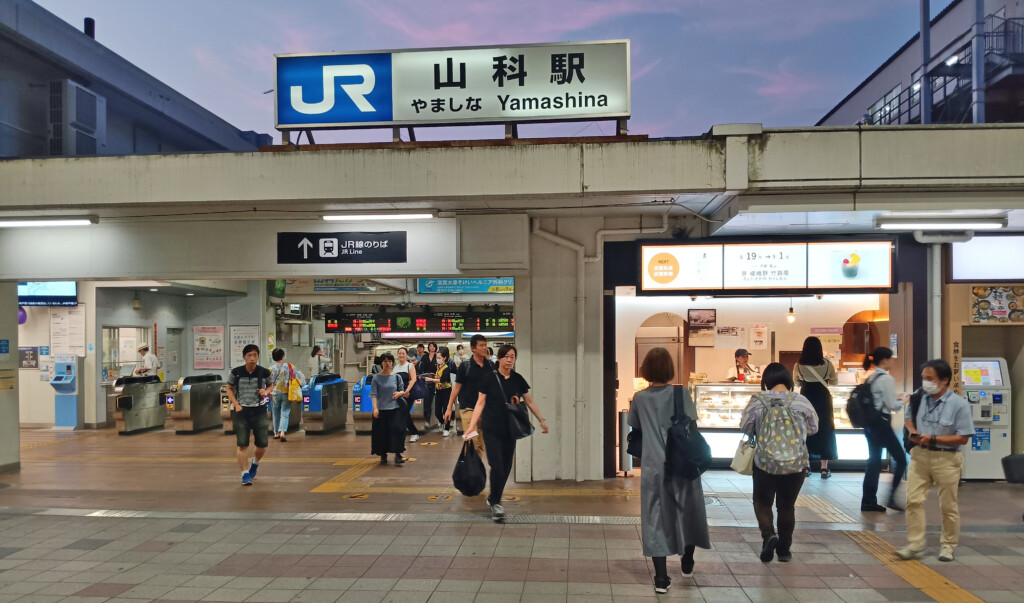

Leave a Reply